
-
Aviation and Aerospace Testing-
Aerospace Testing Simulation-
Testing the Response of Aircraft Control Systems in Emergencies
We provide comprehensive solutions designed to help our clients mitigate risks, enhance performance, and excel in key areas such as quality, health & safety, environmental sustainability, and social responsibility.
Discover
For many years, our organization has been operating successfully, boasting modern laboratories that meet international standards. These laboratories are equipped with the latest technology devices and equipment, and we have built a strong team of experienced and trained personnel to operate them.
DiscoverWelcome to Eurolab, your partner in pioneering solutions that encompass every facet of life. We are committed to delivering comprehensive Assurance, Testing, Inspection, and Certification services, empowering our global clientele with the ultimate confidence in their products and processes.
Discover
-
Aviation and Aerospace Testing-
Aerospace Testing Simulation-
Testing the Response of Aircraft Control Systems in EmergenciesTesting the Response of Aircraft Control Systems in Emergencies
The safety of passengers and crew is paramount when it comes to aviation. To ensure that aircraft control systems respond correctly in emergency situations, rigorous testing is essential. This article will delve into the importance of testing aircraft control systems, the types of tests conducted, and the process involved in simulating emergency scenarios.
Why Testing Aircraft Control Systems is Crucial
Aircraft control systems are designed to operate within specific parameters, but unforeseen circumstances can arise during flight. A sudden loss of power, a system failure, or an unexpected weather condition can put the aircrafts control systems under immense stress. If these systems fail to respond correctly, it can lead to catastrophic consequences, such as accidents or even fatalities.
Testing aircraft control systems in emergency scenarios is critical for several reasons:
Prevents System Failures: Testing ensures that all components of the control system function correctly and efficiently during emergencies.
Reduces Risk: By identifying potential issues before they occur, the risk of accidents is significantly reduced.
Improves Crew Training: Simulated emergency scenarios help pilots develop essential skills to handle unexpected situations effectively.
Simulating Emergency Scenarios: A Detailed Look
To assess an aircrafts control systems during emergencies, manufacturers and regulatory bodies conduct a range of simulations. These tests are designed to replicate various scenarios that may arise in real-world conditions:
Engine Failure: Simulated engine failure tests evaluate the systems response when one or multiple engines fail unexpectedly. This includes examining the systems ability to maintain stability and control, as well as assessing the performance of backup systems.
Simulating engine failure involves several steps:
o Engine failure detection: Sensors detect a decrease in engine power or other anomalies.
o System response: The flight control computer analyzes the situation and responds by adjusting settings for optimal performance.
o Pilot feedback: Pilots receive real-time information about the systems response, enabling them to make informed decisions.
Electrical Power Failure: This test evaluates the aircrafts ability to maintain essential systems when there is a loss of electrical power. It assesses the effectiveness of backup power sources and the control systems performance in this scenario.
Simulating an electrical power failure involves:
o Initial assessment: The flight control computer determines the extent of the power loss.
o System reconfiguration: The system adjusts settings to maintain essential functions, such as navigation and communication.
o Pilot feedback: Pilots are informed about the situation, enabling them to take corrective action if necessary.
The Testing Process
To conduct these tests, manufacturers typically employ a combination of simulation software, flight simulators, and actual aircraft. Heres an overview of the testing process:
1. Test Design: Engineers design specific test scenarios based on anticipated emergency situations.
2. Simulation Software: Custom-built simulation software recreates the test environment, allowing for real-time monitoring and analysis.
3. Flight Simulators: Flight simulators are used to mimic actual flight conditions, providing a realistic testing environment.
4. Aircraft Tests: Actual aircraft are used for hands-on testing of critical systems under emergency scenarios.
5. Analysis and Feedback: Test data is analyzed to identify areas requiring improvement.
QA Section
This section provides additional information on the importance of testing aircraft control systems in emergencies:
Q: What types of aircraft control systems are tested?
A: All primary flight control systems, including autopilot, autothrottle, and navigation systems.
Q: Who is involved in the testing process?
A: Engineers from the manufacturer, regulatory bodies (such as the FAA), and pilots participate in testing.
Q: What types of emergency scenarios are simulated?
A: Engine failure, electrical power loss, system malfunctions, and other unexpected situations that may arise during flight.
Q: How often are aircraft control systems tested?
A: Testing is conducted regularly throughout an aircrafts lifespan, with more frequent tests at the beginning of each new model or major upgrade.
Q: Are pilots involved in testing emergency scenarios?
A: Yes, certified pilots participate in simulated emergency scenarios to evaluate their response and develop essential skills.
Q: Can you explain the difference between a simulator and an actual aircraft test?
A: Simulators mimic flight conditions without risking actual damage or harm. Actual aircraft tests involve real-world experiments to validate simulation results.
Q: What are some common areas of concern during testing?
A: System response times, control accuracy, and pilot feedback mechanisms are typically assessed.
Q: How does the testing process impact aviation safety?
A: Thorough testing reduces the risk of accidents by identifying potential system failures before they occur.

Hospitality and Tourism Certification
Hospitality and Tourism Certification: Unlocking Opportunities in the Industry The hospitality and ...

Electromechanical Safety Certification
Electromechanical Safety Certification: Ensuring Compliance and Protecting Lives In todays intercon...
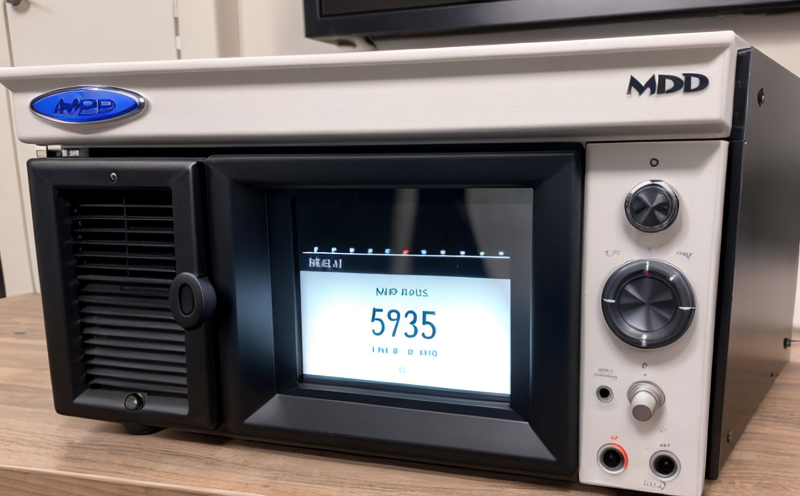
MDR Testing and Compliance
MDR Testing and Compliance: A Comprehensive Guide The Medical Device Regulation (MDR) is a comprehe...

Agricultural Equipment Certification
Agricultural equipment certification is a process that ensures agricultural machinery meets specific...

Cosmetic Product Testing
The Complex World of Cosmetic Product Testing The cosmetics industry is a multi-billion-dollar ma...
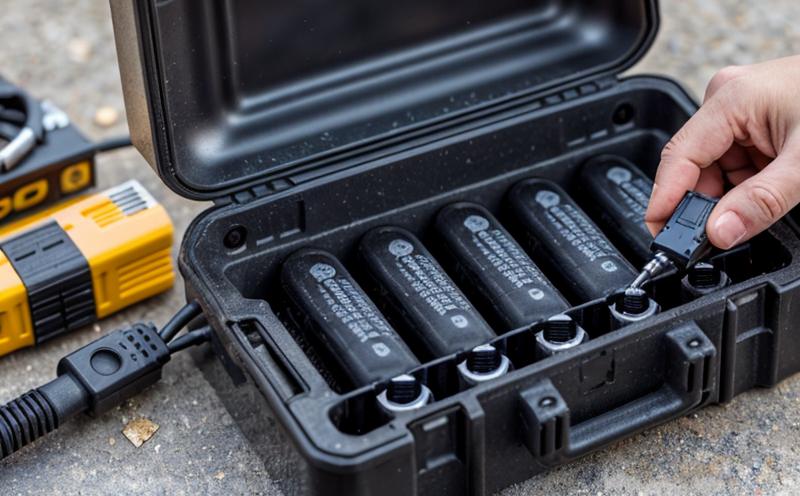
Battery Testing and Safety
Battery Testing and Safety: A Comprehensive Guide As technology continues to advance, battery-power...
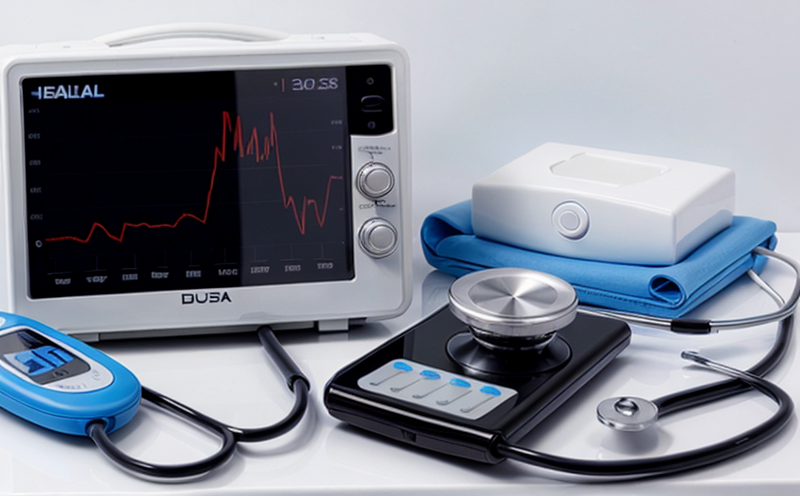
Healthcare and Medical Devices
The Evolution of Healthcare and Medical Devices: Trends, Innovations, and Challenges The healthcare...

Chemical Safety and Certification
Chemical safety and certification are critical in ensuring the safe management of products and proce...

Construction and Engineering Compliance
Construction and Engineering Compliance: Ensuring Safety, Quality, and Regulatory Adherence In the ...

Renewable Energy Testing and Standards
Renewable Energy Testing and Standards: Ensuring a Sustainable Future The world is rapidly transiti...

Aviation and Aerospace Testing
Aviation and Aerospace Testing: Ensuring Safety and Efficiency The aviation and aerospace industr...

Consumer Product Safety
Consumer Product Safety: Protecting Consumers from Harmful Products As a consumer, you have the rig...

Fire Safety and Prevention Standards
Fire Safety and Prevention Standards: Protecting Lives and Property Fire safety and prevention stan...

NEBS and Telecommunication Standards
Network Equipment Building System (NEBS) and Telecommunication Standards The Network Equipment Bu...

Lighting and Optical Device Testing
Lighting and Optical Device Testing: Ensuring Performance and Safety Lighting and optical devices a...
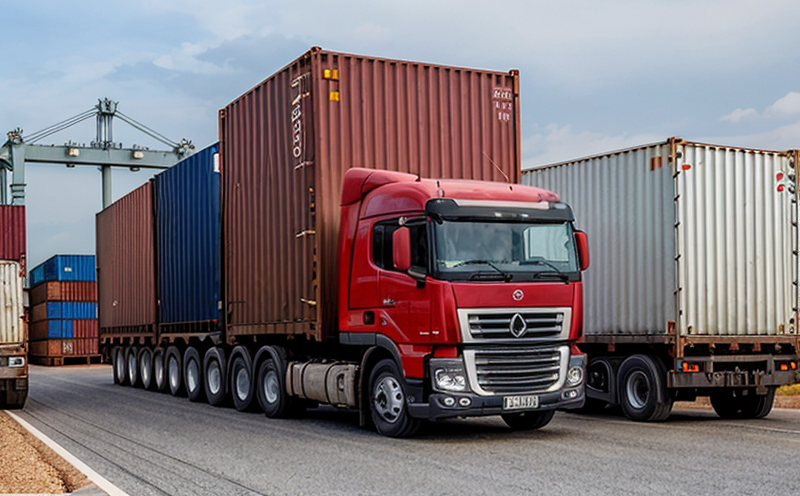
Transportation and Logistics Certification
Transportation and Logistics Certification: A Comprehensive Guide The transportation and logistics ...
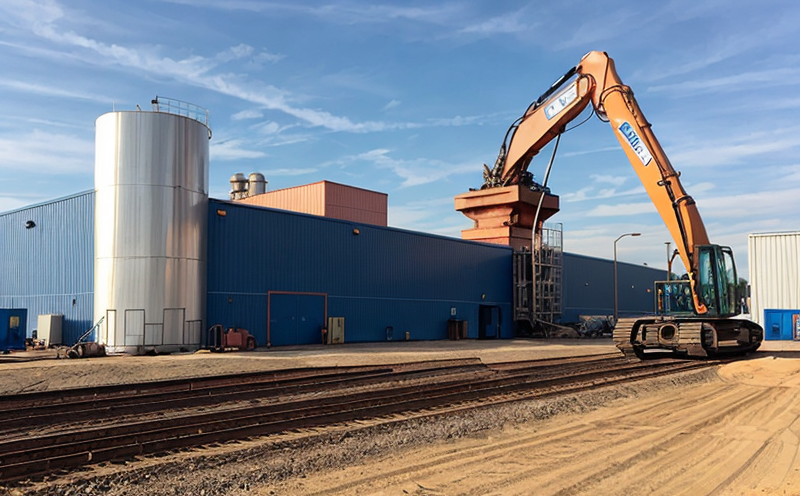
Industrial Equipment Certification
Industrial equipment certification is a critical process that ensures industrial equipment meets spe...
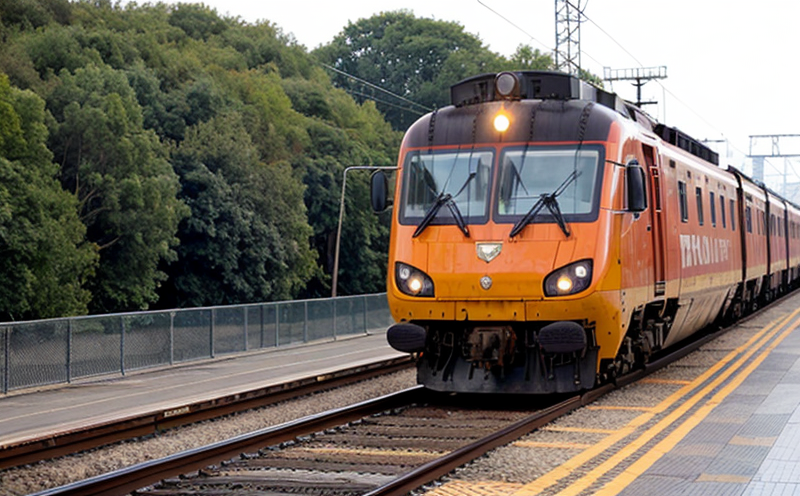
Railway Industry Compliance
Railway Industry Compliance: Ensuring Safety and Efficiency The railway industry is a critical comp...

IT and Data Center Certification
IT and Data Center Certification: Understanding the Importance and Benefits The field of Informatio...
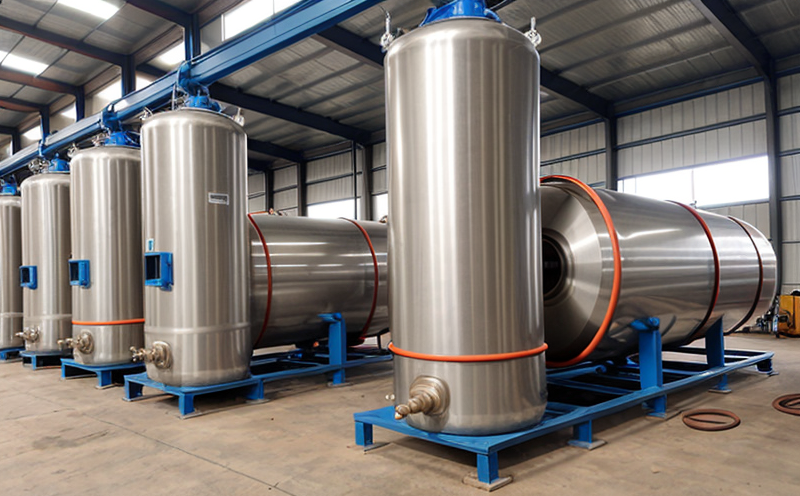
Pressure Vessels and Installations Testing
Pressure Vessels and Installations Testing Pressure vessels are a critical component of various ind...

Energy and Sustainability Standards
In today’s rapidly evolving world, businesses face increasing pressure to meet global energy a...

Military Equipment Standards
Military Equipment Standards: Ensuring Effectiveness and Safety The use of military equipment is a ...
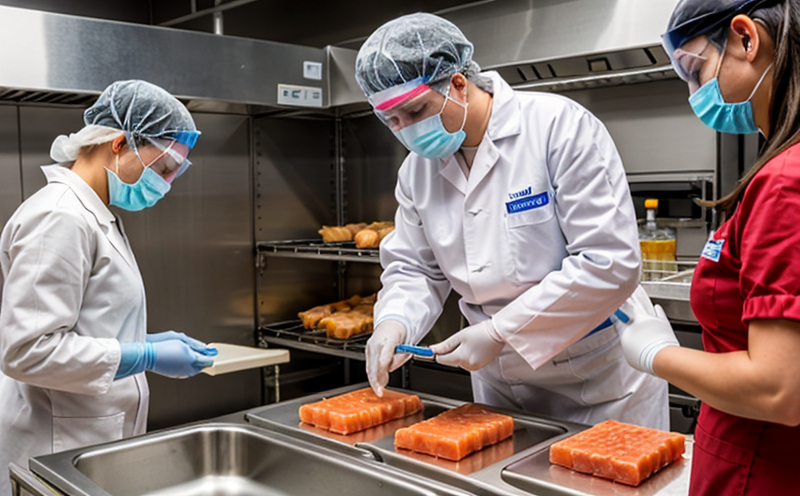
Food Safety and Testing
Food Safety and Testing: Ensuring the Quality of Our Food As consumers, we expect our food to be sa...

Product and Retail Standards
Product and Retail Standards: Ensuring Quality and Safety for Consumers In todays competitive marke...

Electrical and Electromagnetic Testing
Electrical and Electromagnetic Testing: A Comprehensive Guide Introduction Electrical and electrom...

Pharmaceutical Compliance
Pharmaceutical compliance refers to the adherence of pharmaceutical companies and organizations to l...

Environmental Simulation Testing
Environmental Simulation Testing: A Comprehensive Guide In todays world, where technology is rapidl...

Automotive Compliance and Certification
Automotive Compliance and Certification: Ensuring Safety and Efficiency The automotive industry is ...

Environmental Impact Assessment
Environmental Impact Assessment: A Comprehensive Guide Environmental Impact Assessment (EIA) is a c...

Trade and Government Regulations
Trade and government regulations play a vital role in shaping the global economy. These regulations ...